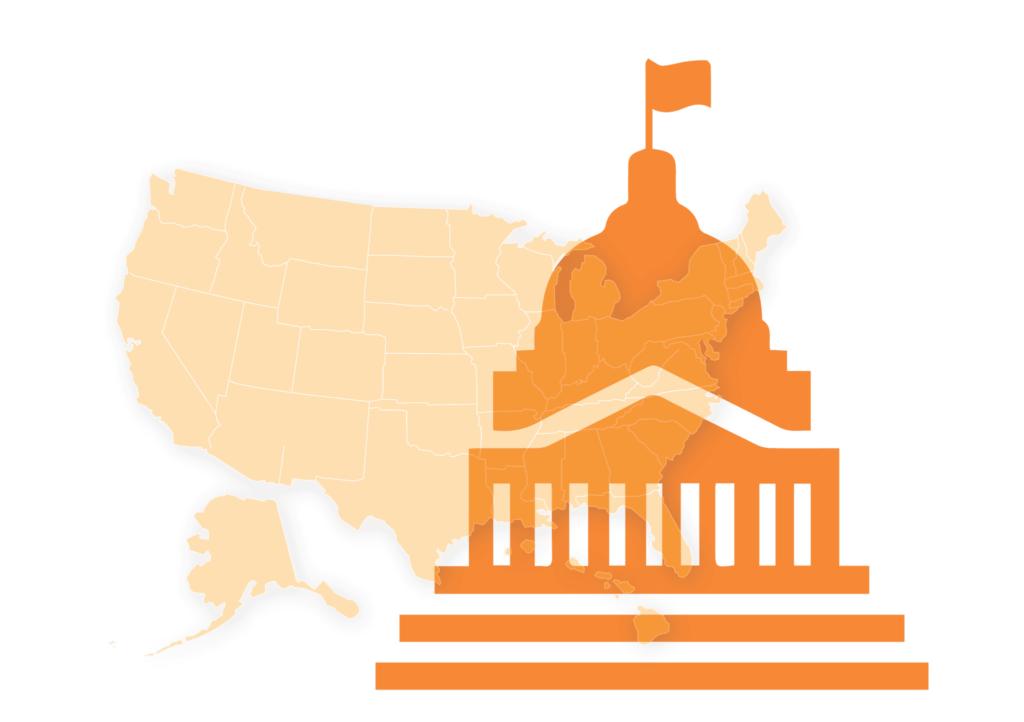While states leaders have a key role in supporting districts through this transition, including addressing their school funding formulas to ensure districts receive additional state and local funding, district leaders must make tough choices this calendar year about what investments and programs will be sustained, and which will be cut from district budgets.
According to Ed Trust, district leaders should make these decisions in collaboration with others, including involved school staff (such as educators, school counselors, and family liaisons), students, and families to identify where districts can consider changes to or consolidate programs to address student needs while tackling budgetary challenges.
Watch Out for the Fiscal Cliff encourages families, advocates, and community members to ask district leaders these three questions about existing ESSER investments as the spending deadline approaches:
- How are district ESSER investments equitably addressing the unique needs of students in the district? Are students with the highest need getting access and seeing success?
- What are the stated goals of district ESSER investments? Are these programs achieving their goals? How do we know?
- How do ESSER investments fit into districts’ overall strategy for addressing the needs of students?
“Districts should continue making important spending decisions with community input to ensure they are investing in programs and services that are showing improved academic and social-emotional outcomes for students with the highest needs,” said Nicholas Munyan-Penney, assistant director of P-12 policy at Ed Trust. “It is not enough to spend down ESSER funds, this historic aid must be spent well on sustainable programs and resources that are meeting outcome goals and ultimately benefiting students — particularly those with the highest needs — in the classroom for years to come.”
The upcoming school year is pivotal for district leaders as they continue to make budgetary decisions, ultimately setting the foundation for schools to continue pandemic recovery once federal relief funds expire. Those budget decisions need to be data-driven — by tracking the effectiveness of implemented programs and focusing on ensuring support for students with the most need. Ahead of the 2024 deadline, districts should have a plan in place to sustain the programs and services that provide equitable outcomes for all students.
Watch Out for the Fiscal Cliff: Advocating for Education Equity as ESSER Spending Winds Down is available at edtrust.org/esser.
###
To equip advocates and district leaders with the tools to work collectively to ensure equitable spending, the Alliance for Resource Equity provides a toolkit that can be used as a guide to consider how to address the unique needs of students amid the end of ESSER funding. The toolkit focuses on 10 dimensions of resource equity and asks leaders and advocates to consider local data to determine the extent to which existing resources are being used to equitably meet student needs via the diagnostic tool.
Each dimension of resource equity also has a corresponding guidebook, which allows districts and advocates to consider the root causes of identified inequities and provides specific action steps to address these root causes.
About The Education Trust
The Education Trust is committed to advancing policies and practices to dismantle the racial and economic barriers embedded in the American education system. Through our research and advocacy, Ed Trust improves equity in education from preschool through college, engages diverse communities dedicated to education equity and justice, and increases political and public will to build an education system where students will thrive.






